| |
|
|
| |
A river to myself.
Thu 15th December, 2011
|
|
|
|
Update 16th December 5.30 am. River peaked at 74 cumecs last night but levels are now dropping.
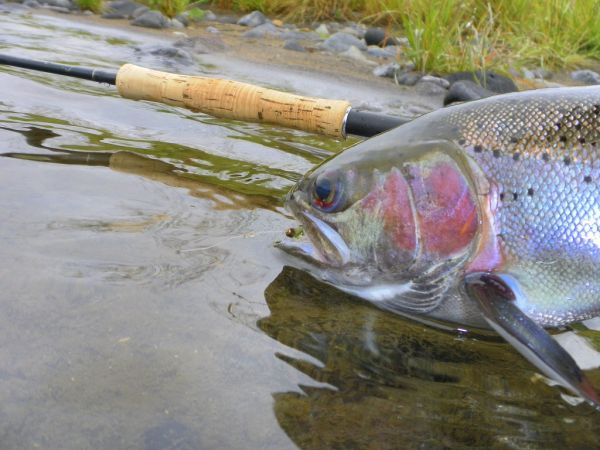
Angling pressure on the Tongariro continues to be almost non-existent. On Monday for instance I walked and fished the TRB between Major Jones and the Lower Birch, other than three anglers fishing below the swing bridge I had the whole of the middle river to myself.
With so few anglers to compare notes with and guiding quiet on the lead up to Christmas, this weeks report is very much based on my own impressions.
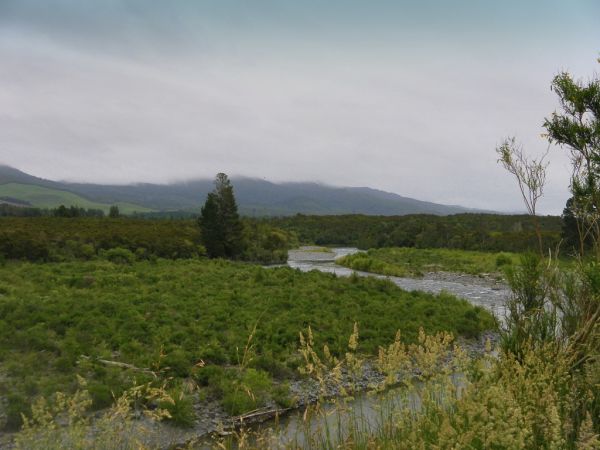 It's been raining on and off for a couple of days and is forecast to become heavier today and tomorrow with an improving trend from late Saturday into next week. It's been raining on and off for a couple of days and is forecast to become heavier today and tomorrow with an improving trend from late Saturday into next week.
I've found it quite pleasant fishing on these overcast, calm, cooler days but with steady rain falling at the moment I think I'll give it a miss today and finish this report.
Looking at the notes I scribble down each day most fish have come between three and five pm. And most days I couldn't buy a fish til then, despite being on the river fairly early.
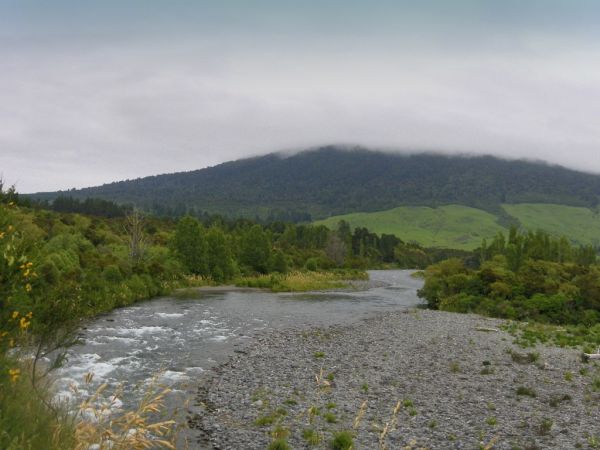
They've been in pretty good condition for the time of year and I haven't landed any that looked completely knackered but it hasn't been easy.
Lots of walking, plenty of fly changes and scaling everything down has eventually paid off most times.
The last two days have seen some small pods of fresh fish moving through but its definitely been a case of right time, right place.
I was in the Braids yesterday afternoon and picked up a couple above the Honeypot and later met two happy anglers who had taken a few in the Swirl.
These were not big fish, just over legal limit but fresh and a lot of fun on the lighter summer gear.
Occasionally a better one would turn up and I've had a couple of fighting fit bright silver hens chokka with roe from different parts of the river. 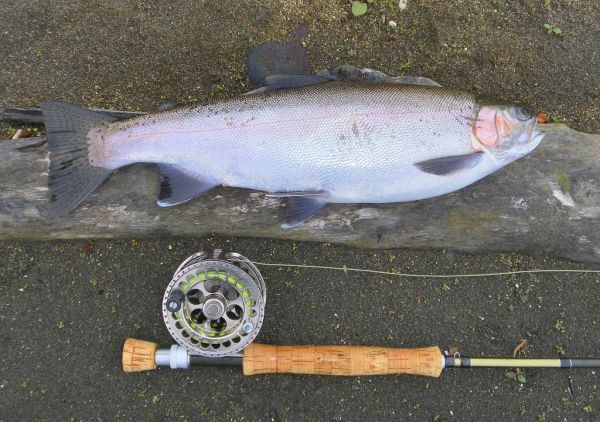
I haven't been out after dark at all but the day-time hatches have been all over the place and I don't recall seeing any fish rising. This excerpt from Brant Oswalds American article at www.midcurrent.com explains what can affect the timing of hatches.
"Selective Trout by Doug Swisher and Carl Richards was my bible when I was learning to fish Silverton Creek as a teenager, and one of the ideas introduced there is that hatches
(mayfly hatches in particular) tend to occur at “the most pleasant time of day for the season.”
In spring and fall, most hatches occur in the afternoons, when the air has warmed to its highest point. In mid-summer, most hatch activity occurs in the morning and again in the evening, not during the heat of the day. Recognizing this pattern will allow the angler to anticipate hatch activity over the course of the fishing season. According to Fred Arbona, Jr., in The Mayflies, the Angler, and the Trout, this seasonal trend is explained by a mayfly’s need for moisture preservation during its adult life cycle, particularly for keeping the insect’s exoskeleton flexible enough to allow it to molt from dun into spinner. Moderate temperatures and higher humidity are ideal conditions, and mayflies (as well as other aquatic insects) have adapted to hatch at times when their survival rate is highest. It seems to me that these same conditions are also critical even earlier in the life cycle, by allowing the wings of a newly hatched mayfly dun to dry properly. Cooler, humid air allows the wings to dry slowly enough that they can be fully expanded before they harden. On the other hand, for the best chance for survival, the wings should dry quickly enough that the insect can fly to the cover of stream-side vegetation before a bird or trout can pick it off the surface of the water.
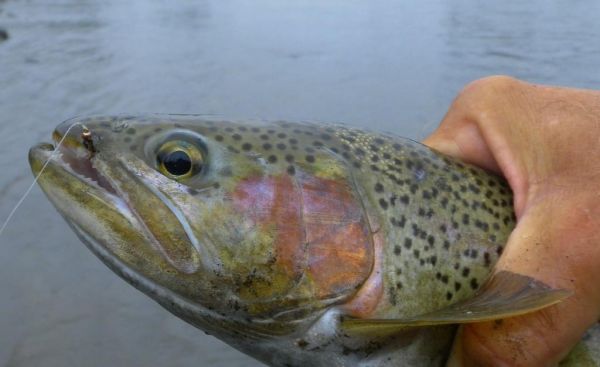
Swisher and Richards’ “pleasant time of day” rule is not precise because it relies on an imperfect correlation between air temperatures and the environmental factors that actually trigger hatches...water temperature and light levels. Arbona points out that water temperature is the chief influence on the maturation rate of nymphs and is therefore the biggest determinant of the seasonal sequence of hatches. This is useful information for the angler because it means that aberrant seasonal weather patterns may have an important effect on the overall timing of hatches. Unusually cold weather or a late spring may delay the onset of hatches, while early warm weather and lower flows in a light snow-pack year may allow the nymphs to mature more quickly than normal, allowing hatches to start earlier than expected.
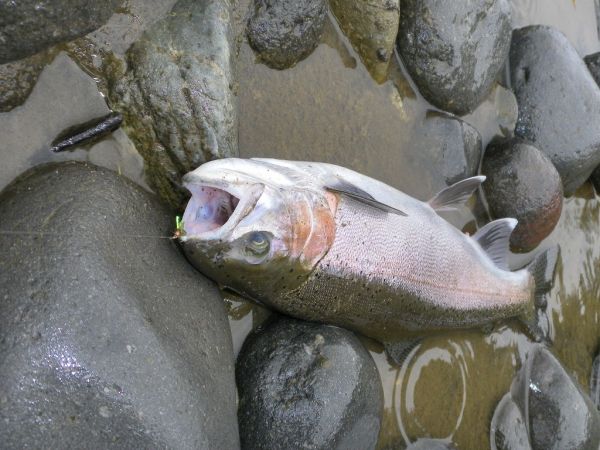
For example, when we have an unseasonably warm April and May in Montana, damsels start to hatch in good numbers on many of the local lakes and ponds by the end of May. This is at least two weeks earlier than we would predict this hatch in a “normal” year. As we will discuss in part II of this article, there is a second set of conditions that trigger a hatch on a given day, but once water temperatures allow the nymphs to reach maturity, they are ready to hatch any time those conditions are met. When planning a trip to meet a certain hatch, it is a good idea to check on water levels and watch weather patterns to see whether to anticipate a shift in the timing of the hatch.The need for aquatic insects to preserve body moisture has also resulted in physical adaptations to seasonal weather patterns: size and color. Just as hatch activity shifts to the cooler times of day during the warmest part of the year, the bugs themselves tend to become smaller and lighter in color as the season progresses. These adaptations result in less heat absorption in the warm summer months. On spring creeks and tail-waters, we see the shift from the big bugs of early season like Green and Brown Drakes to smaller Pale Morning Duns to even smaller Western Sulfurs and Tricos.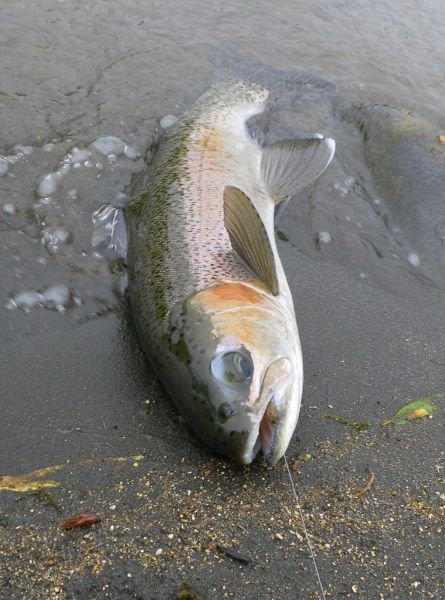
Although many anglers are familiar with the size and color of specific hatches, these seasonal trends can still provide useful fishing information. Mayflies that produce multiple broods during the season will be smaller with each successive brood. Callibaetis mayflies, common on still-waters and the slower sections of spring creeks and tail-waters, may be as large as a #14 when the first brood hatches in May and June, but a #18 imitation may be just right for the late broods of September. Pale Morning Duns also show a marked shift down in size as the season progresses. (For an excellent recap of Swisher and Richards’ and Arbona’s writings on these seasonal patterns, pick up a copy of Neale Streeks’ Small Fly Adventures in the West.)
Becoming familiar with the effect of seasonal weather patterns on hatches may provide some useful information in a given situation, but they are especially important as the background against which to interpret the effect local weather will have during a given day."
A lot of caddis around with plenty of adults resting on the rocks and bank-side vegetation. I've been using a small Z wing caddis under the dry which has taken fish in the shallower water from the Braids to the Birch. When nymphing you won't go far wrong with a no frills buggy hare and copper off the bomb. Steady rain still falling and it looks as if its set in for the day. The river is gradually rising, currently nearing 38 cumecs but is still running clear as I finish this off. If it keeps raining we should see a few more fresh rainbows make their way up as the river colors.
The big browns will keep on coming and I'm looking forward to my first hook up of this "season."
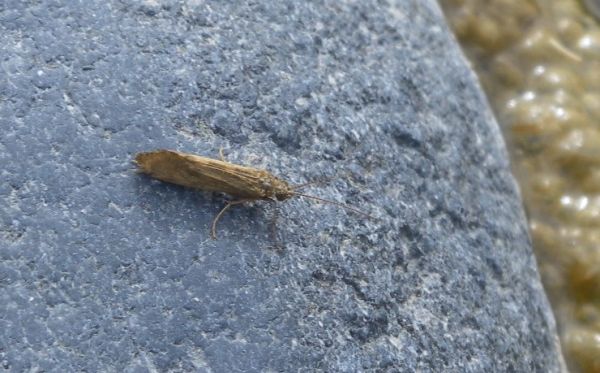
Stay dry guys
Mike |
|
|
| Back to Top |
|
|
|
|
|
|
|